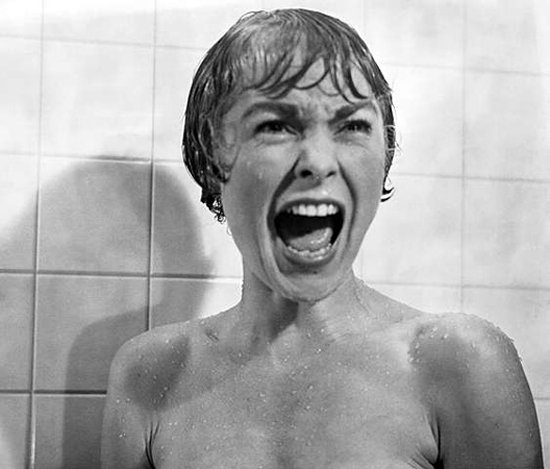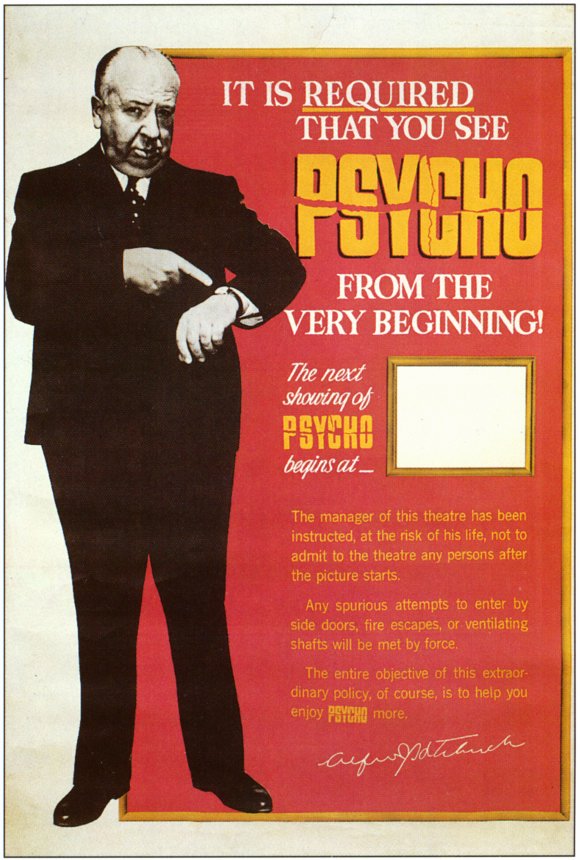In Hitchcock’s “Psycho,” what was revolutionary about the choice to kill off Marion Crane?
Quick Answer: Hitchcock’s Psycho was the first film to feature a false protagonist, a character who is seemingly the central figure of a story until they are moved out of the spotlight. This can cause a shocking plot twist, such as in the case of Marion Crane’s death, and it can also drastically shift the direction of the story. Many popular films and TV shows such as Game of Thrones, Orange Is the New Black, Mad Max: Fury Road, and Scream have followed in Hitchcock’s footsteps by using this technique.
It is not easy to pinpoint exactly what makes a character identifiable as a story’s protagonist, but Marion Crane (Janet Leigh) undoubtedly fills that role for the first half of Alfred Hitchcock’s Psycho (1960). Marion, a secretary, steals $40,000 in cash from her employer in order to help her boyfriend pay off his debts and then flees with the money. Soon after making this rash decision and realizing how poorly she’s planned her crime, she reaches the Bates Motel where, one iconic shower-murder scene later, the audience is left bereft of a protagonist and a traditional narrative structure.

Janet Leigh as Marion Crane in Psycho (1960)
Marion Crane’s death is Psycho wasn’t merely shocking; it was game-changing. False protagonists had previously been featured in literature, such as Aldous Huxley’s Brave New World, but this was the first time that the technique was used on screen. Marion’s storyline would have made a compelling film in and of itself. But by abruptly killing off the film’s protagonist Hitchcock pushes another story into the spotlight, as Marion’s sister tries to piece together what happened to her and Norman Bates’s true identity is revealed. Like Bates himself, the film Psycho is entirely different than it appears to be at first glance. In its structure and its overall mood and tone, Psycho turns out to mirror the identity of Norman Bates, proving its title and its eventual protagonist apt. Yet if Hitchcock had focused on Bates from the get-go, Psycho would not be half the thrilling masterpiece it is. In fact, Hitchcock felt that the protagonist switch was so vital to the film that he pressured theaters to institute a “no late admission” policy for it so that audiences had to watch from the very beginning.

This groundbreaking use of a false protagonist—or a true protagonist cut short— opened up a new realm of possibility for film and TV narratives. Take, for example, HBO’s mega-hit show Game of Thrones (2011 -). The execution of Ned Stark at the end of Season One induced such a visceral reaction from fans not just because it was unexpected, but because it was something that had not even seemed remotely feasible – a story is told from a protagonist’s point of view, so the protagonist must be a constant, right? George R.R. Martin follows in Hitchcock’s footsteps, answering with a resounding: “wrong.”
Game of Thrones used this same sort of shock with the Red Wedding. Although Rob was never played off as a protagonist, his character had become increasingly more important to the overall story in preceding episodes – that is, until he was killed. The treachery and brutality of these murders was shocking enough, but combined with how unexpected they were, narratively speaking, these events made for the perfect jaw-dropping plot twists.

Rob Stark (Richard Madden) and Talisa Maegyr (Oona Chaplin) in Game of Thrones (2011 - )
This subversive potential of the false protagonist has allowed other films and TV shows to expand the scope of their narrative, using a “Trojan horse” technique. Netflix’s binge-friendly Orange Is the New Black (2013 - ) uses this technique to develop into a notably different show than it first appears to be. For much of the first season the show focuses on Piper Chapman, a white, upper middle class woman who finds herself in a minimum-security women’s prison. But as the show goes on it becomes less and less about Piper and more about the other women in the prison. Her tenure as the show’s false protagonist allowed the audience to have a recognizable – and more marketable – figure with whom they could begin to explore the unfamiliar social terrain of prison. (Showrunner Jenji Kohan openly called Piper her “Trojan Horse” who helped her reach audiences and sell her show to a network.” But ultimately OITNB took off the training wheels, allowing the narrative to freely follow the stories of gay women, black women, trans women – and all without a friendly intermediary.
The brilliance of the false protagonist trope is that, no matter how often it is used, it still feels unexpected. The protagonist-driven story structure that it fights against is far too entrenched in entertainment and in the audience’s collective consciousness to ever be overtaken by this hard-hitting underdog. Its usefulness is seemingly limitless, as it features in beloved films as diverse as Full Metal Jacket (1987), No Country for Old Men (2007), Mad Max: Fury Road (2015), and even the first Scream (1996). And each of these films has utilized the technique for its own purpose: Scream kills Drew Barrymore’s character under the ten-minute mark, partly to satirize other horror movies for using false protagonists; and Mad Max: Fury Road shifts the focus from the titular Max Rockatansky (Tom Hardy) to Imperator Furiosa (Charlize Theron), making the film notable as female-centered action movie.

Tom Hardy and Charlize Theron in Mad Max: Fury Road (2015)
Hitchcock may have first shocked audiences with Psycho over half a century ago, but the idea of a false protagonist still feels fresh today.

